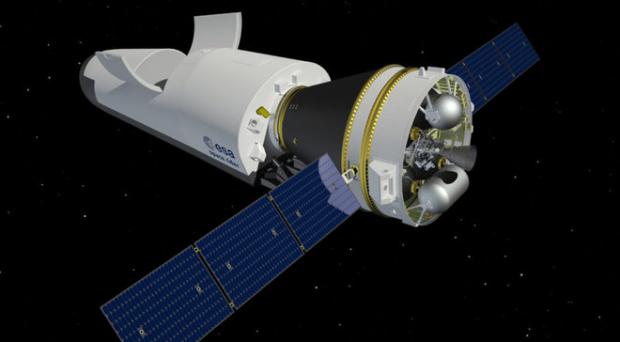
Breaking News
6.5x55 Swedish vs. 6.5 Creedmoor: The New 6.5mm Hotness
Best 7mm PRC Ammo: Hunting and Long-Distance Target Shooting
 Christmas Truce of 1914, World War I - For Sharing, For Peace
Christmas Truce of 1914, World War I - For Sharing, For Peace
Top Tech News
 EngineAI T800: Born to Disrupt! #EngineAI #robotics #newtechnology #newproduct
EngineAI T800: Born to Disrupt! #EngineAI #robotics #newtechnology #newproduct
 This Silicon Anode Breakthrough Could Mark A Turning Point For EV Batteries [Update]
This Silicon Anode Breakthrough Could Mark A Turning Point For EV Batteries [Update]
 Travel gadget promises to dry and iron your clothes – totally hands-free
Travel gadget promises to dry and iron your clothes – totally hands-free
 Perfect Aircrete, Kitchen Ingredients.
Perfect Aircrete, Kitchen Ingredients.
 Futuristic pixel-raising display lets you feel what's onscreen
Futuristic pixel-raising display lets you feel what's onscreen
 Cutting-Edge Facility Generates Pure Water and Hydrogen Fuel from Seawater for Mere Pennies
Cutting-Edge Facility Generates Pure Water and Hydrogen Fuel from Seawater for Mere Pennies
 This tiny dev board is packed with features for ambitious makers
This tiny dev board is packed with features for ambitious makers
 Scientists Discover Gel to Regrow Tooth Enamel
Scientists Discover Gel to Regrow Tooth Enamel
 Vitamin C and Dandelion Root Killing Cancer Cells -- as Former CDC Director Calls for COVID-19...
Vitamin C and Dandelion Root Killing Cancer Cells -- as Former CDC Director Calls for COVID-19...
 Galactic Brain: US firm plans space-based data centers, power grid to challenge China
Galactic Brain: US firm plans space-based data centers, power grid to challenge China
ESA Plans to Privatize Robotic Space Plane by 2025

By 2025, ESA officials said, Space Rider could be operating commercially, flying science payloads and bringing them back to Earth for roughly $4,200 per pound ($9,200 per kilogram).
Arianespace, the Evry, France-based launch services provider, would likely serve as Space Rider's operator, offering industry and government customers the opportunity to fill the space plane's 1,760-lb. (800 kg) payload capacity with microgravity science, materials testing, telecommunications and robotics demonstrations.
Space Rider is being developed by Thales Alenia Space and Lockheed Martin under the direction of the Italian Aerospace Research Centre, Cira. Funding for the program's design phase was approved in December by ESA's 22 member states.
A 2020 test flight would see Space Rider launch atop Arianespace's Vega-C rocket (which makes its own debut in 2019) and land on a runway on one of the Atlantic's Azores islands, Santa Maria.

 The State's Last Stand
The State's Last Stand


